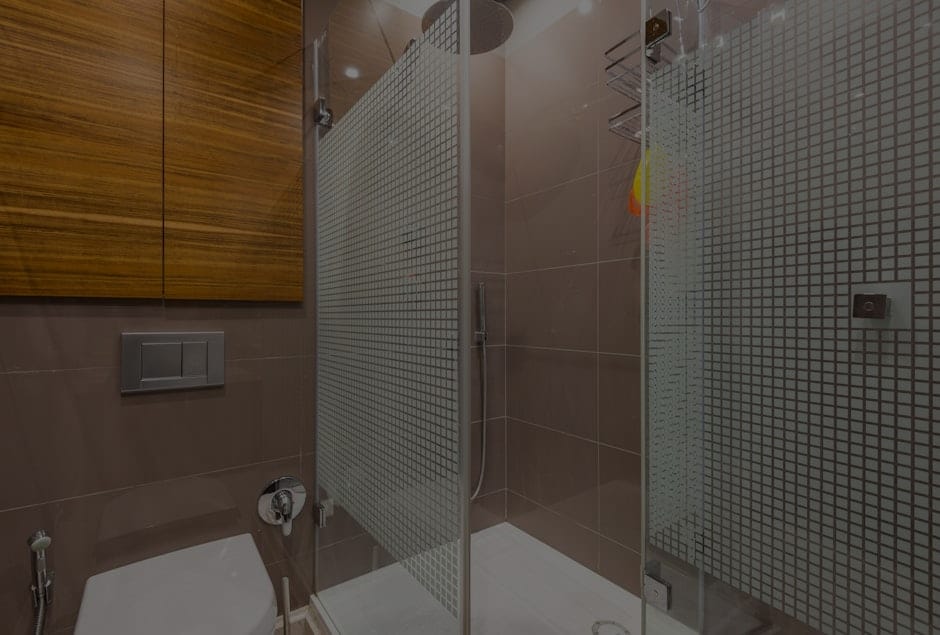**Abstract:**
Feng Shui for small spaces focuses on maximizing energy flow in compact living areas, promoting harmony, balance, and well-being through thoughtful design and arrangement.
Understanding Feng Shui Principles
Feng Shui is an ancient Chinese practice that emphasizes the importance of spatial arrangement and energy flow. In small spaces, these principles become even more crucial, as limited square footage can lead to clutter and stagnation. By applying Feng Shui techniques, you can enhance the energy in your home, creating a serene and inviting atmosphere. This practice revolves around the concept of “Chi,” the life force that flows through our environment. Ensuring that Chi moves freely in small spaces can dramatically improve your emotional and physical well-being.
Creating an Open Flow
One of the primary objectives in Feng Shui for small spaces is to create an open flow of energy. This can be achieved by decluttering your area and ensuring that furniture placement does not obstruct pathways. Consider using multi-functional furniture that can be easily moved or rearranged. For example, a sofa that doubles as a bed or a coffee table with hidden storage can help maximize space while maintaining an open feel. Additionally, using mirrors strategically can create an illusion of depth and openness, allowing Chi to circulate freely.
Utilizing Color and Light
Color and light play a significant role in enhancing energy flow within small living areas. Opt for light, neutral colors to make the space feel larger and more inviting. Shades of white, beige, and pastels can reflect light, contributing to a brighter atmosphere. Incorporating natural light is equally essential; ensure that windows are unobstructed and consider sheer curtains that allow sunlight to filter through. For areas lacking natural light, use warm LED lighting to create a cozy ambiance, further promoting positive energy.
Incorporating Nature
Bringing elements of nature into your small space can enhance your connection to the environment and promote a sense of tranquility. Incorporating plants not only improves air quality but also adds life and color to your surroundings. Choose low-maintenance plants such as succulents or snake plants that thrive in limited light. Additionally, using natural materials like wood, stone, and bamboo in your decor can help create a grounding atmosphere, aligning with Feng Shui principles of harmony and balance.
Designing with Intention
Every item in your small space should serve a purpose and reflect your personal style. Feng Shui encourages intentional design, which means choosing decor that resonates with you and contributes positively to your energy flow. Art pieces, photographs, or meaningful objects can enhance the emotional vibe of your space. However, avoid overcrowding your area; select a few significant pieces rather than overwhelming your walls and surfaces with too many items.
Establishing Zones
In compact living areas, establishing functional zones can help delineate space while maintaining an open feel. Use rugs to define different areas, such as a cozy reading nook or a workspace. This not only enhances organization but also allows for a more intentional flow of energy. Consider furniture arrangement that encourages social interaction, such as placing seating in a circular formation, which fosters connection and communication among occupants.
Conclusion: Embracing Feng Shui for Better Living
Incorporating Feng Shui into small spaces is about maximizing energy flow and creating a harmonious environment. By understanding the principles of Feng Shui, creating an open flow, utilizing color and light, incorporating nature, designing with intention, and establishing zones, you can transform your compact living area into a sanctuary of balance and tranquility. Embrace these techniques, and witness the positive changes in your living space and overall well-being.










